It’s Hot!
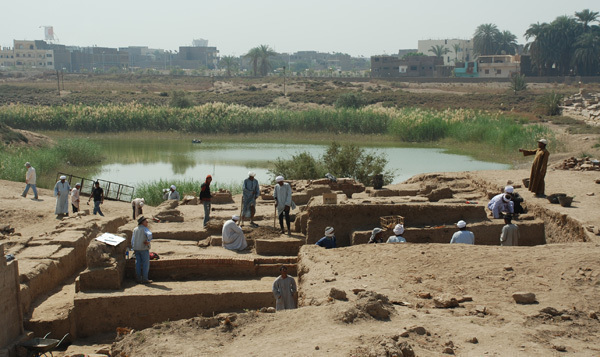
A general view of the excavation area on Thursday around noon. What you can’t see is how hot it is: 100°F on the site every day this week, which unusual for February. The heat is hard on everyone, but the work has to go on.
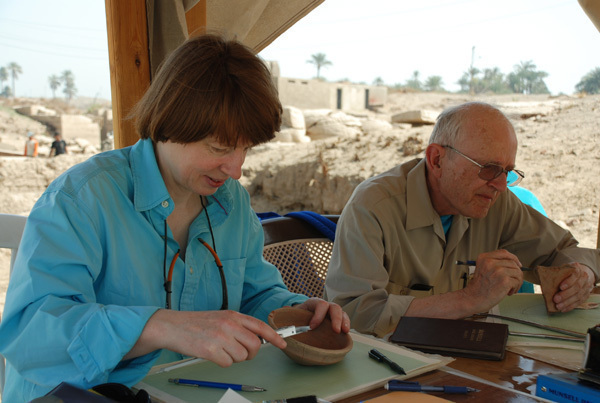
Drawing pots. Dr. Ben Harer has once again spent a week with us drawing pots with his usual skill and good humor; he leaves Saturday and we are sorry to see him go. On Thursday he was joined in the drawing area by Dr. Julia Harvey, an Egyptologist who worked at Saqqara for several years – and is also Jaap’s wife. This is her first season at Mut and she will spend most of her time on pottery. Welcome Julia!

Our on-site headquarters. It is simple but provides all we need: shade, work space for drawing pots, treating objects, writing notes and discussing the work, and a clear view of the excavation area.
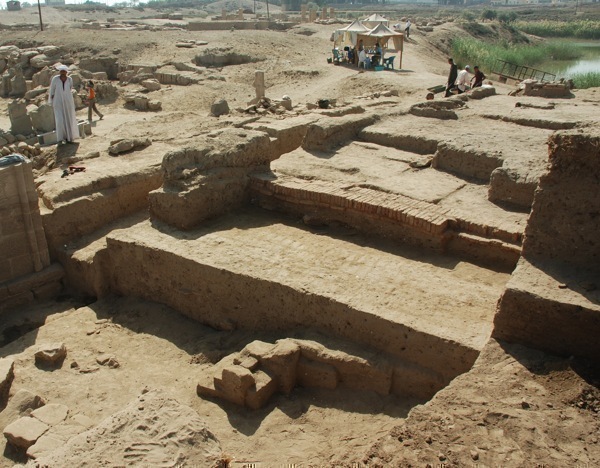
With the work north of the Taharqa Gate finished, we have begun excavating the wall forming the southern boundary of the gate’s approach. It and the wall forming the west side of the corridor south of the gate are a unit and post-date the Taharqa Gate, the boundary wall being built over the remains of an earlier mud brick building (foreground). By Thursday Ayman and his team had taken down the first few courses of the wall, in the process revealing that the unusual line of baked brick to the south is only 2 courses deep and is built on debris.
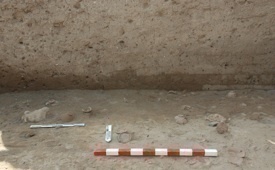
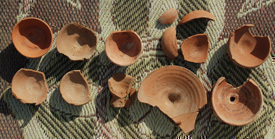
The boundary wall continues west into Abdel Aziz’s square, where its bricks are clearly visible in the background. Against this wall this week we have come down on a surface littered with pottery vessels, some nearly complete or broken. A selection is shown at the right. By the way, the line of brick and stone found last week turned out not to connect to anything and was removed.
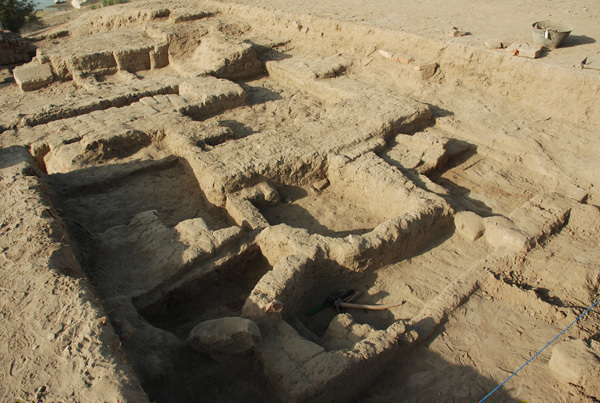
As you can see in this view to the southwest, the confusion of brick in the next square south is finally beginning to resolve itself into a series of individual walls. A single, substantial wall runs the length of the west baulk.
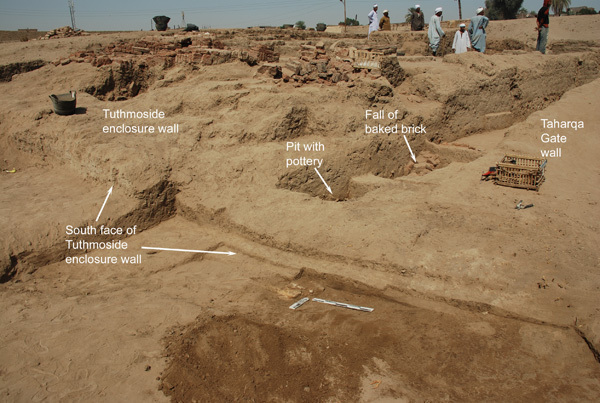
In the Tuthmoside Period the Mut Precinct was much smaller than it is now. The baked brick building in the upper left corner of this photograph sits on the remains of its northern enclosure wall. This week we were able to trace the south face of the Tuthmoside wall further to the east, as you can see here. It is very eroded but the line of brick is quite visible in the foreground. The south end of the corridor, by the way, has been cut by a fall of baked brick (seen last week) and a pit full of Roman Period pottery to its south.
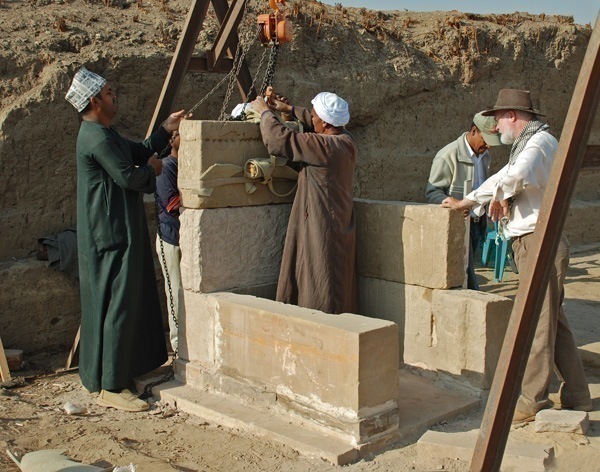
The restoration of the healing chapel is continuing apace. On Monday we installed the block forming the 3rd course of the chapel’s rear wall. This block was particularly tricky as its upper edge is very fragile. We only have two blocks (one broken) of the left wall, so need to cut new stone for most of this wall.
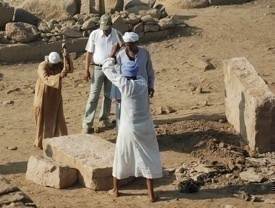

Watching skilled stone cutters turn large, rough pieces of sandstone into dressed blocks is fascinating. They use heavy picks to split the large block into two smaller pieces of roughly the right size (left), then make the initial cuts of the smaller block with an electric stone saw (right). This is one of the few times we’ve seen them use a tool more complicated than pick, hammer and chisel.

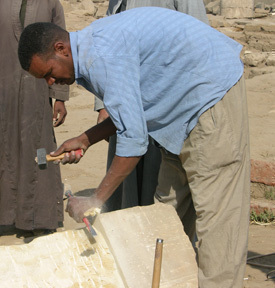
The fine detail work is all done by hand either with a heavy, toothed pick (left) or by hammer and chisel (right).

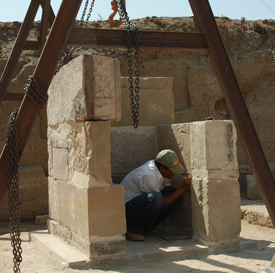
When it is carved to everyone’s satisfaction the new block is winched into place on the chapel wall, great care being taken not to damage the ancient rock below it (left). On the right, the chapel as of noon Thursday. We hope to finish getting the walls up next week.

A squacco heron flying across the lake in the early morning haze.
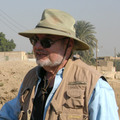
Richard Fazzini joined the museum as Assistant Curator of Egyptian Art in 1969 and served as the Chairman of Egyptian, Classical and Ancient Middle Eastern Art from 1983 until his retirement in June 2006. He is now Curator Emeritus of Egyptian Art, but continues to direct the Brooklyn Museum’s archaeological expedition to the Precinct of the Goddess Mut at South Karnak, a project he initiated in 1976. Richard was responsible for numerous gallery installations and special exhibitions during his 37 years at the museum. An Egyptologist specialized in art history and religious iconography, he has also developed an abiding interest in the West’s ongoing fascination with ancient Egypt, called Egyptomania. Well-published, he has lectured widely in the U.S. and abroad, and served as President of the American Research Center in Egypt, America’s foremost professional organization for Egyptologists.
